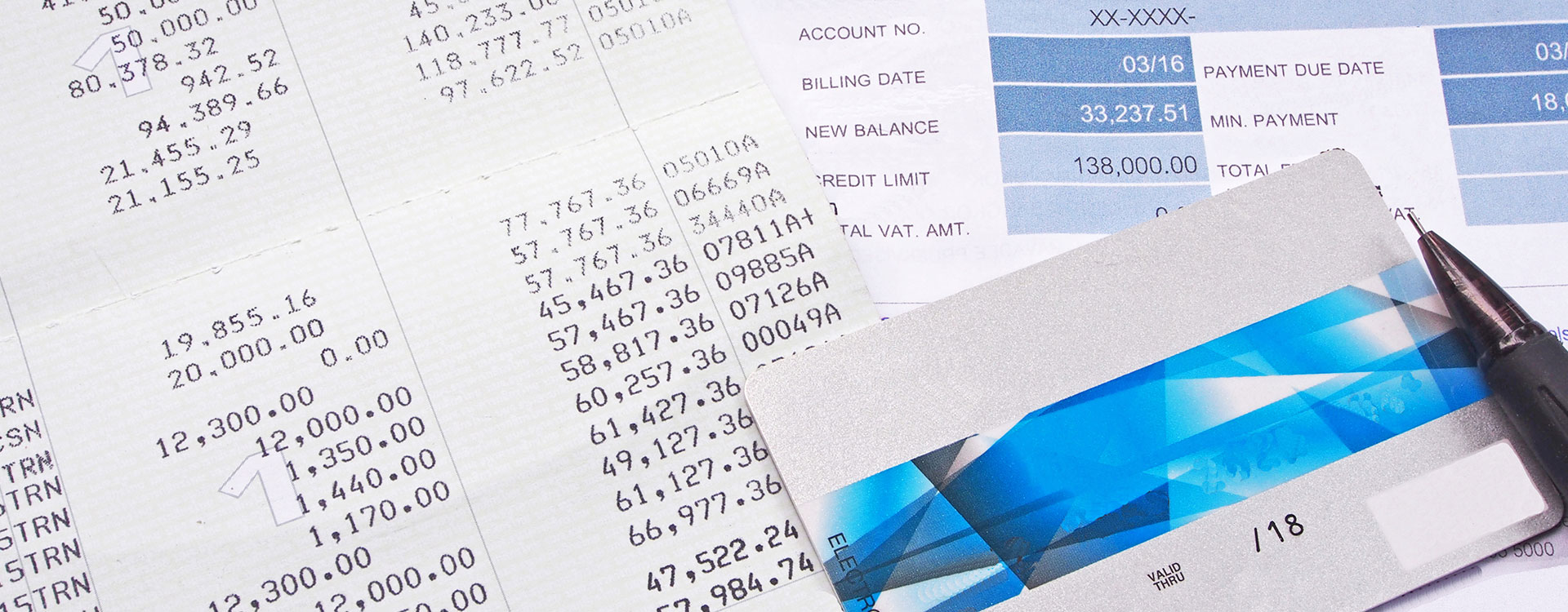Deciding between subsidized and unsubsidized loans can be difficult.
It's important to understand the difference between the two before you decide which is right for you.
Below, we will break down the differences between subsidized and unsubsidized loans so that you can make an informed decision about which is best for you.
What Is The Difference Between Subsidized And Unsubsidized Loans?
When taking out loans for college, students can choose from two main types of loans: subsidized and unsubsidized.
Both kinds of loans have their benefits and drawbacks, so it's essential to understand the difference between them before making a decision.
- Subsidized Loans: With a subsidized loan, the government pays the interest on the loan while the student is in school. This can be a huge benefit since the student won't have to worry about accruing any interest while focusing on their studies.
Once the student graduates or leaves school, they will be responsible for paying back the loan, plus any interest accrued.
- Unsubsidized Loans: An unsubsidized loan is slightly different because the student is responsible for paying the loan's interest from the beginning. This means that the loan balance will continue to grow while the student is in school, and they'll need to start making interest payments immediately.
However, unsubsidized loans are often easier to qualify for than subsidized loans, so they can be a good option for students who may not otherwise be able to get a loan.
How Do You Know Which Type Of Loan Is For You?
Both subsidized and unsubsidized loans have their advantages and disadvantages. So, it's essential to understand the difference between them before deciding.
- Subsidized loans are typically need-based and awarded based on your financial need. These loans also have lower interest rates, and the government pays the interest while you are in school. This can save you a lot of money over the life of the loan.
- Unsubsidized loans are not need-based, and therefore anyone can qualify for them. The downside is that they usually have higher interest rates, and you are responsible for paying the interest while in school.
So, how do you know which type of loan is right for you?
The answer depends on a few factors, including your financial need and ability to pay the interest while in school.
A subsidized loan may be a better option if you have difficulty paying the interest on an unsubsidized loan.
On the other hand, if you are confident you can make the payments and want to save on interest, an unsubsidized loan may be the better choice.
No matter your loan type, shop around and compare rates before committing to anything.
What Are The Benefits of Subsidized Loans vs. Unsubsidized Loans?
The primary difference between the two types of loans is that with a subsidized loan, the government pays the interest while you are in school and during your grace period.
With an unsubsidized loan, you are responsible for all the interest that accrues from when the loan is disbursed until it is paid in full.
Benefits of a subsidized loan:
- You are not responsible for any interest that accrues while you are in school and during your grace period
- The interest rate on a subsidized loan is usually lower than the interest rate on an unsubsidized loan
Benefits of an unsubsidized loan:
- You may be eligible for an unsubsidized loan even if you do not demonstrate financial need
- The interest rate on an unsubsidized loan is usually lower than the interest rate on a credit card
Generally speaking, subsidized loans are better because the government pays the interest while you are in school.
However, unsubsidized loans may be a better option if you do not demonstrate financial need or want to avoid accruing interest while in school.
Tips For Paying Back Your Student Loans
If you're like most people, you probably don't want to be paying off your student loans for the rest of your life.
Here are a few tips to help you get ahead and start paying off those loans:
1. Pay More Than the Minimum Payment
One of the best ways to pay off your loans quickly is to pay more than the minimum payment each month.
Even an extra $50 or $100 can make a big difference over the life of the loan. And, if you can swing it, making double or even triple payments will help you get out of debt even faster.
2. Refinance Your Loans
If you have good credit, you may be able to refinance your loans and get a lower interest rate.
This can save you money over the life of the loan and help you pay it off faster.
3. Pay Off the Highest Interest Rate Loans First
If you have multiple loans, focus on paying off the one with the highest interest rate first.
This will save you money in the long run and help you get out of debt faster.
4. Create a Budget
Creating a budget can help you free up money for your student loan payments.
Track your income and expenses for a month to see where your money is going.
Then, make adjustments to ensure you have enough money to make your monthly loan payments.
5. Get a Part-Time Job
If you're struggling to make your loan payments, consider getting a part-time job to help make ends meet.
Even a few extra work hours each week can make a big difference.
6. Ask for Help
If you're struggling to make your loan payments, don't hesitate to ask for help.
There are organizations and programs out there that can assist you. And your lender may be willing to work with you on a payment plan.
Making student loan payments monthly doesn't have to be a struggle. By following these tips, you can make it easier on yourself and pay off your loans faster.
How Credit9 Can Help You
At Credit9, we offer loan options that could provide you with the financial solution that works best for you.
Since 2018, Credit9 has provided over $460 Million in loans to over 36,000 of our customers, and we’re confident we can help you too.
For more information about Credit9’s unique debt consolidation services, contact us today to see how we can help you consolidate your debts and receive a free, no-obligation, and fully-customized Credit9 loan solution!



